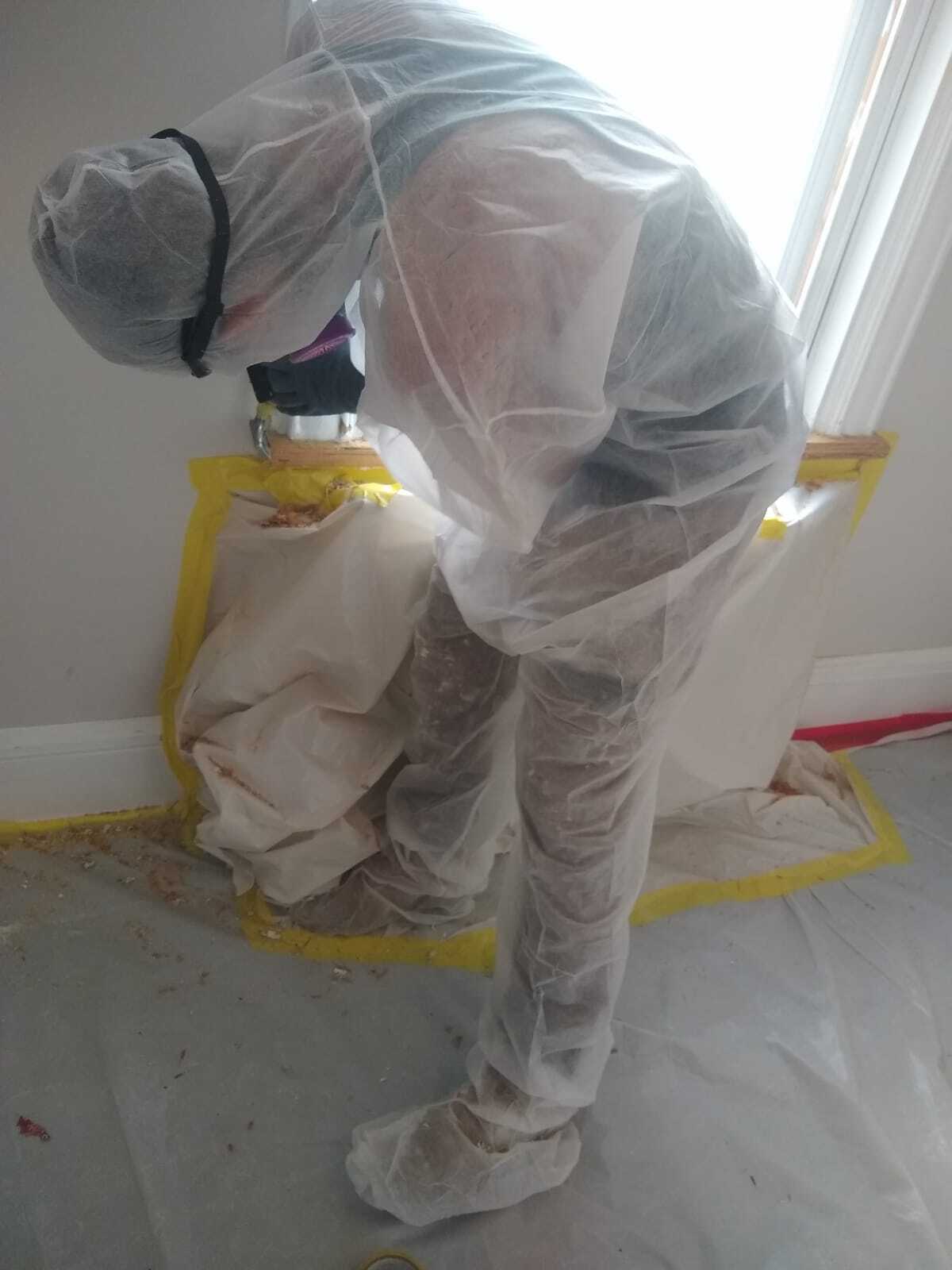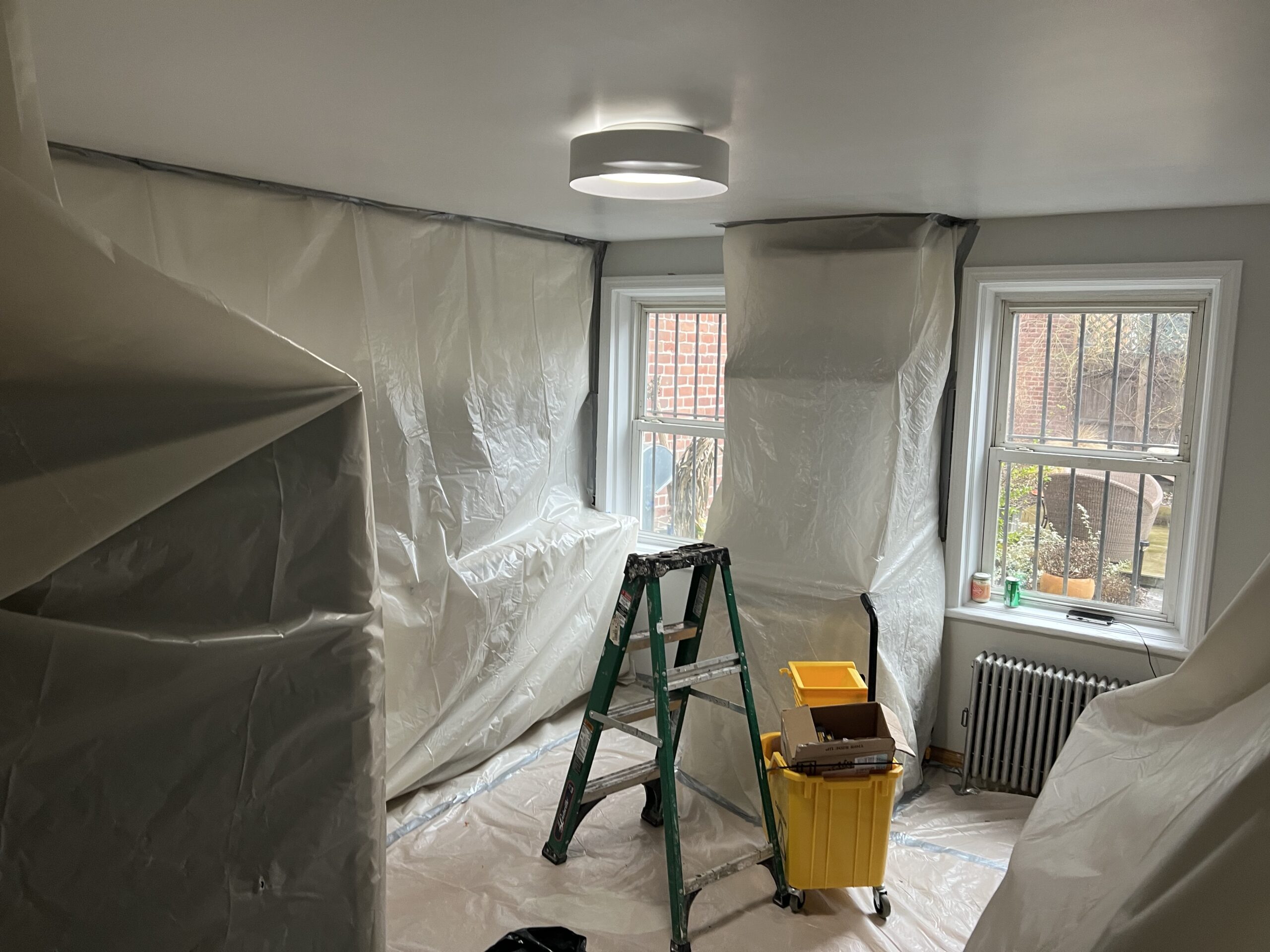Ideal Practices for Making Sure Safe and Thorough Lead Offense Reduction
Resolving lead violation reduction calls for a multi-faceted strategy to make certain both security and compliance. It's the last clearance process, involving comprehensive inspections and lab screening, that absolutely verifies a lead-free environment, ensuring lasting security. Just how do these techniques adjoin to guarantee thorough lead abatement?

First Assessment
Performing an initial evaluation is an important primary step in lead infraction abatement. This phase incorporates a thorough assessment of the property to determine the visibility, degree, and details places of lead-based dangers. Certified professionals, such as licensed lead assessors or risk assessors, must do a comprehensive site examination, utilizing tools like X-ray fluorescence (XRF) analyzers to accurately discover and gauge lead concentrations in paint, dirt, soil, and water.
The assessment must also include an evaluation of the building's history, previous reports, and any kind of complaints or health concerns reported by residents - Lead Removal Contractors. Recording the searchings for diligently is vital, as these records develop the basis for establishing an effective reduction approach. A thorough assessment additionally includes sampling and research laboratory analysis, which are vital to confirm the presence of lead and overview succeeding activities
Additionally, it is vital to communicate the outcomes transparently to all stakeholders, including homeowner, tenants, and governing authorities. By making sure that the initial analysis is performed with precision and rigor, professionals can lay a strong foundation for a targeted and reliable lead abatement procedure, ultimately guarding public health and wellness and ensuring conformity with regulatory criteria.
Correct Containment
Appropriate containment is crucial to avoid the spread of lead impurities throughout abatement tasks. Successfully handling containment decreases the risk of lead dirt and debris migrating to non-work areas, thus protecting both the atmosphere and individuals outside the prompt job zone.

Normal assessments of the containment area are required to check for violations or weak points in the barrier. Any determined problems should be without delay dealt with to maintain the integrity of the containment. By adhering to these practices, abatement tasks can effectively manage lead contamination and reduce involved wellness dangers.
Worker Defense
Making certain worker protection is vital during lead abatement tasks to avoid occupational exposure to dangerous lead particles. Essential steps consist of the use of personal protective tools (PPE) such as respirators, handwear covers, and full-body fits specifically made to block lead dirt and fumes. Workers ought to Continue undergo comprehensive training on the proper use and maintenance of PPE, including in shape testing for respirators to ensure optimum efficiency.
Engineering controls, such as neighborhood exhaust ventilation systems, are crucial in minimizing air-borne lead focus in the workplace. Management controls must additionally be implemented, including restricting the duration of direct exposure and rotating workers to decrease specific direct exposure times. Routine clinical monitoring and organic surveillance are important for very early discovery of lead absorption, allowing timely treatment and therapy.
In addition, developing a decontamination method is vital. Employees need to comply with strict purification treatments before breaks and at the end of their shift to avoid lead dirt from being carried outside the job location. This consists of detailed hand and face cleaning with lead-specific cleaner and changing out of polluted clothing.
Careful Clean-up
Preserving a risk-free workplace expands past employee protection and includes thorough clean-up to make certain lead particles are completely gotten rid of from the website. The procedure of careful cleaning is vital in preventing the recontamination of the moderated area and guarding both existing and future residents.
To attain an extensive cleaning, all job areas should be methodically decontaminated. This entails making use of specialized HEPA (High-Efficiency Particulate Air) vacuum cleaner cleaners and wet-wiping methods to capture and eliminate fine lead dust that may have chosen surface areas. It is crucial to clean up all straight surface areas, including floorings, home window sills, and countertops, along with upright surface areas that might have caught lead fragments.
Workers need to wear appropriate personal safety devices (PPE) why not try these out throughout cleanup to avoid direct exposure to recurring lead dirt. Used cleansing materials such as wipes, sponges, and mop heads should be thrown away based on unsafe waste disposal laws.

Final Clearance
Final clearance is the essential concluding stage of lead reduction that determines whether the site is safe for reoccupation. This crucial step entails detailed examination and screening to verify that all lead threats have been efficiently gotten rid of. The procedure begins with an aesthetic assessment by a qualified lead-based paint inspector or risk assessor to make certain no noticeable dirt or debris stays. This is adhered to by collecting dirt wipe examples from various surfaces, including floors, windowsills, and other straight surface areas. Lead Removal Contractors.

Final clearance testing not only shields future passengers however additionally makes sure compliance with local, state, and government policies. It offers as a documented validation of you can try here the abatement contractor's adherence to industry finest techniques. Guaranteeing a thorough and successful final clearance is essential in securing public wellness and fostering trust fund in the abatement process.
Verdict
Guaranteeing secure and thorough lead violation reduction requires a diverse technique encompassing preliminary evaluations with advanced detection methods, efficient containment strategies, rigid employee defense protocols, and precise cleanup procedures. The last clearance stage, including thorough assessments and lab testing, is vital to verify compliance with EPA criteria. Adherence to these ideal techniques guarantees a secure setting for passengers, reduces health dangers, and upholds governing requirements, thereby advertising public health and safety in lead-affected locations.